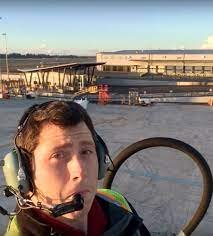Fixed wing aircraft training is probably cheaper and covers a broader range of aircraft in the private owner/trainer category.What kinda price tag for getting a license for airplane or helicopter?
Helicopters on the other hand, after basic training, require training in specific make and model and it can be very expensive unless you join the military to get your training.
It has been pretty much understood that a chopper pilot can transition to fixed wing much easier than a fixed wing pilot can transition to a helicopter.
Do some introductery flights in fixed wing to see if you really want to pursue a private pilots licence but it will cost you.
Last edited:






